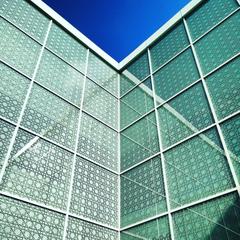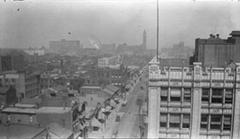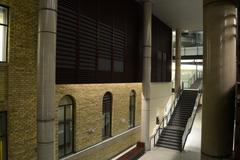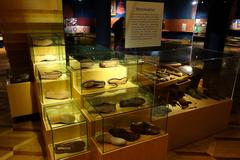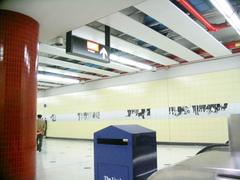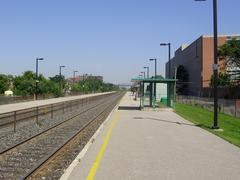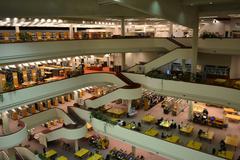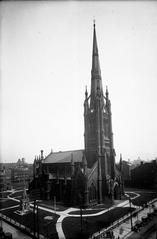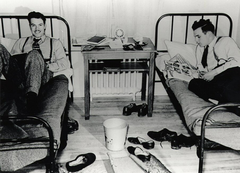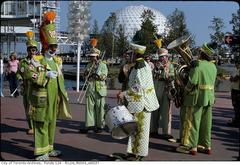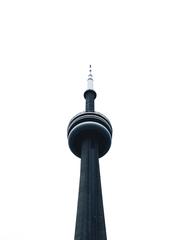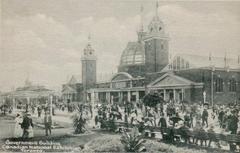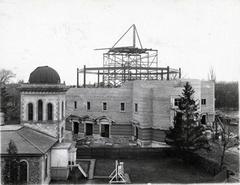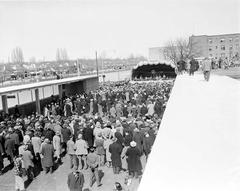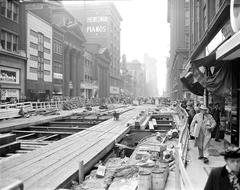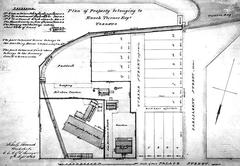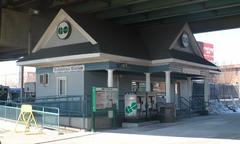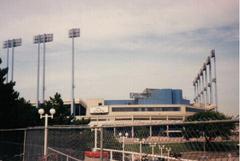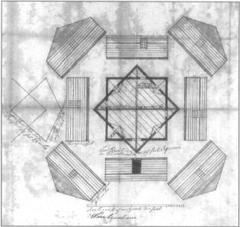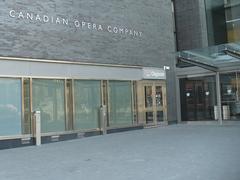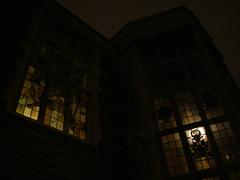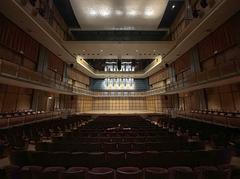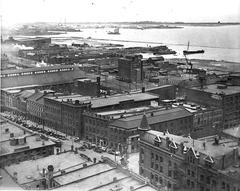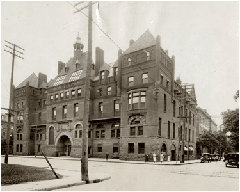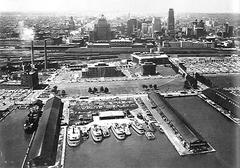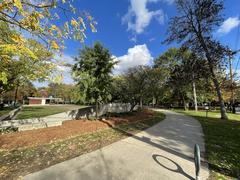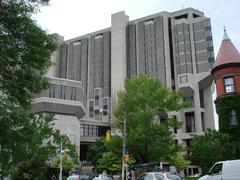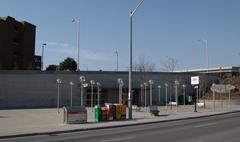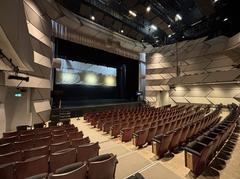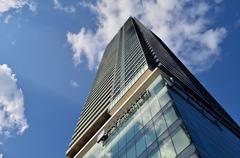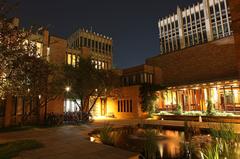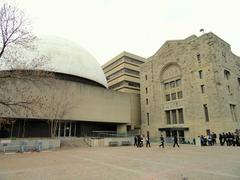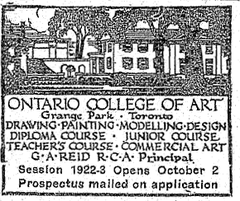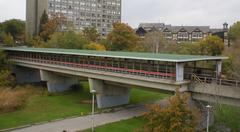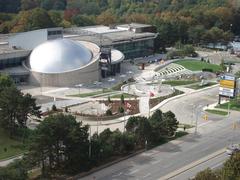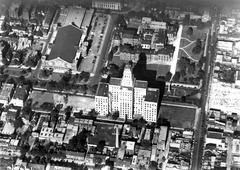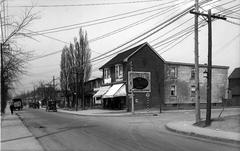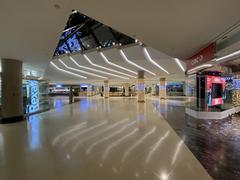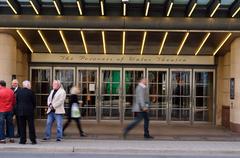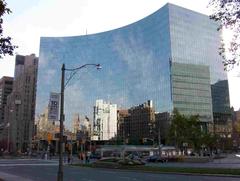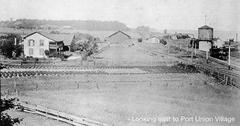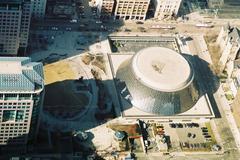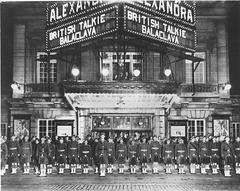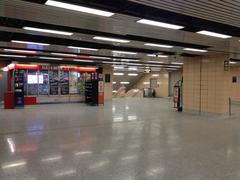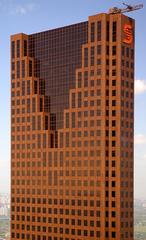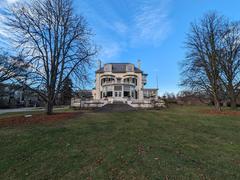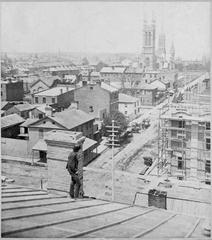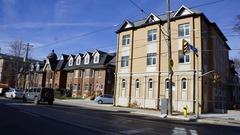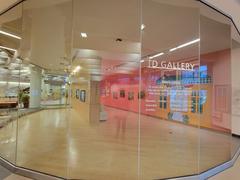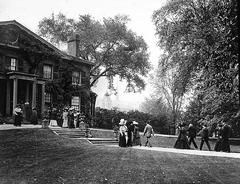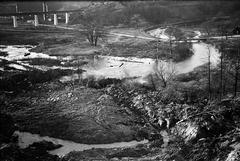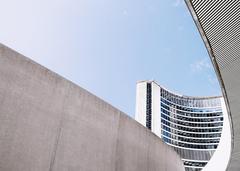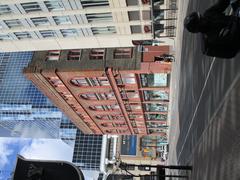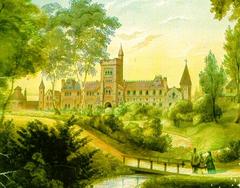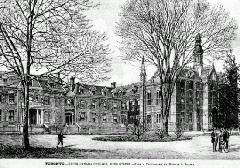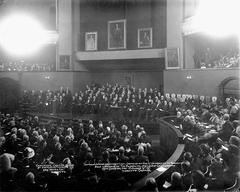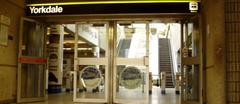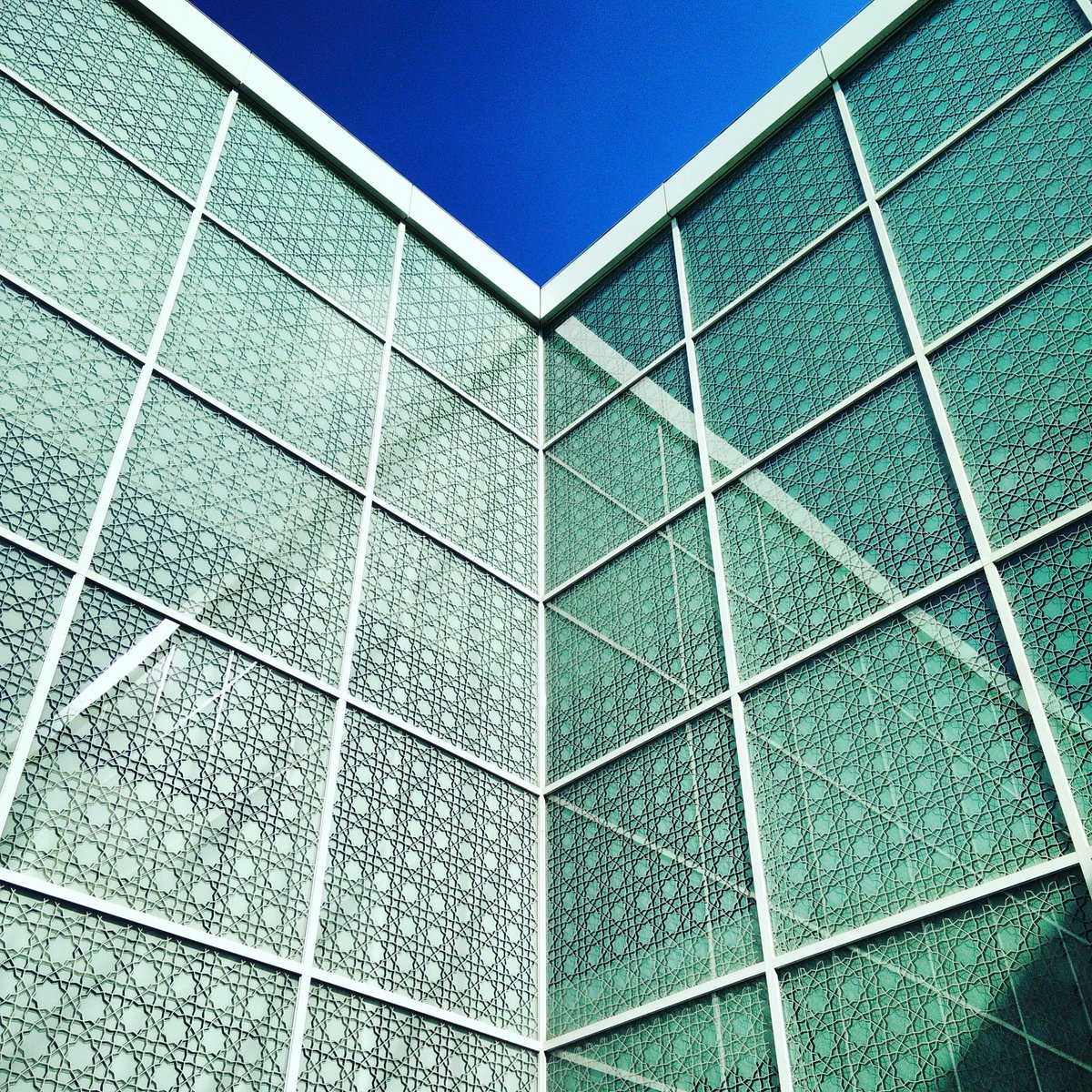
Visiting the Aga Khan Museum in Toronto: Hours, Tickets, and More
Date: 18/07/2024
Introduction
Nestled in the heart of Toronto, the Aga Khan Museum stands as a cultural beacon, highlighting the artistic, intellectual, and scientific contributions of Muslim civilizations. Established through the vision of His Highness the Aga Khan, the 49th hereditary Imam of the Shia Ismaili Muslims, the museum aims to foster greater understanding and appreciation of Islamic cultures. (Aga Khan Development Network) Since its inauguration on September 18, 2014, the museum has become a significant cultural institution, attracting visitors from around the globe. Renowned architect Fumihiko Maki’s design of the museum, with its blend of modern minimalism and traditional Islamic aesthetics, further enhances the visitor experience. The museum’s collection, rooted in the private collections of the Aga Khan and the Institute of Ismaili Studies, spans over 1,000 years and includes a diverse range of artifacts from the Iberian Peninsula to China. (Aga Khan Trust for Culture)
Table of Contents
- Introduction
- History and Significance
- Visitor Information
- Special Events and Tours
- Photographic Spots
- Architecture
- Exploring the Collection
- FAQ
- Conclusion
History and Significance
The Aga Khan Museum in Toronto stands as a testament to the artistic, intellectual, and scientific contributions of Muslim civilizations throughout history. Its existence is deeply intertwined with the vision of its founder, His Highness the Aga Khan, the 49th hereditary Imam (spiritual leader) of the Shia Ismaili Muslims.
A Vision for Understanding
The Aga Khan Museum is part of the Aga Khan Development Network (AKDN), a group of private, international, non-denominational agencies working to improve living conditions and opportunities for people in specific developing countries. (Aga Khan Development Network) The AKDN’s mission, guided by the ethical principles of Islam, emphasizes pluralism, tolerance, and the importance of knowledge.
The idea for the museum emerged from His Highness the Aga Khan’s desire to foster a greater understanding and appreciation of Islamic civilizations and their contributions to world heritage. He envisioned a space where the diverse artistic, intellectual, and scientific achievements of these cultures could be showcased, challenging stereotypes and promoting dialogue.
From Private Collection to Public Institution
The museum’s collection is rooted in the private collection of His Highness the Aga Khan and the Institute of Ismaili Studies in London. This collection, amassed over generations, comprises over 1,000 objects spanning a period of more than 1,000 years, representing a vast geographical area stretching from the Iberian Peninsula to China.
In 2007, His Highness the Aga Khan established the Aga Khan Trust for Culture (AKTC) to oversee the development of the museum and its surrounding complex, which includes the Ismaili Centre, Toronto, and a landscaped park. Renowned architect Fumihiko Maki, a Pritzker Prize laureate, was commissioned to design the museum building. (Aga Khan Trust for Culture)
Inauguration and Ongoing Mission
The Aga Khan Museum opened its doors to the public on September 18, 2014. Since then, it has become a significant cultural institution in Toronto and beyond, attracting visitors from around the globe.
The museum’s significance extends beyond its impressive collection. It serves as a platform for:
- Promoting dialogue and understanding: Through its exhibitions, programs, and educational initiatives, the museum encourages cross-cultural dialogue and understanding, breaking down barriers and fostering respect for the diversity of Muslim civilizations.
- Showcasing artistic excellence: The museum provides a stage for the extraordinary artistic achievements of Muslim cultures, from intricate manuscripts and ceramics to exquisite textiles and metalwork.
- Preserving cultural heritage: The Aga Khan Museum plays a vital role in preserving and showcasing the rich cultural heritage of Muslim civilizations, ensuring that these traditions are passed on to future generations.
- Inspiring learning and discovery: The museum offers a range of educational programs and resources for visitors of all ages, encouraging them to engage with the collection and learn about Islamic art, history, and cultures.
Visitor Information
Planning your visit? Here’s what you need to know:
- Visiting Hours: The museum is open from Tuesday to Sunday, 10:00 AM to 6:00 PM. It is closed on Mondays.
- Tickets: General admission tickets are available online and at the museum entrance. Prices are $20 for adults, $15 for seniors, and $12 for students. Children under 12 enter for free.
- Travel Tips: The museum is located at 77 Wynford Drive, Toronto, and is accessible by public transit and car. Parking is available on-site.
- Nearby Attractions: While in the area, consider visiting the Ontario Science Centre and the Don Valley Brick Works Park for a full day of exploration.
- Accessibility: The Aga Khan Museum is fully accessible, with elevators and ramps for ease of movement.
Special Events and Tours
The Aga Khan Museum offers a variety of special events, including temporary exhibitions, lectures, and performances. Guided tours are available daily, providing deeper insights into the collection and the museum’s architecture. Check the museum’s official website for the latest updates on events and tours.
Photographic Spots
Capture the beauty of the museum and its surroundings. Notable spots include the serene reflecting pools, the elegant Ismaili Centre, and the beautifully landscaped park. Inside, the museum’s galleries offer numerous opportunities for stunning photographs.
Architecture
The Aga Khan Museum is not just a repository of art and artifacts; it’s an architectural marvel in its own right. Designed by renowned Japanese architect Fumihiko Maki, the building is a masterful blend of modern minimalism and traditional Islamic aesthetics. (The New York Times)
A Tapestry of Influences
The museum’s design vocabulary draws inspiration from Islamic architectural traditions while embracing a modern sensibility. The building’s most striking feature is its exterior cladding, composed of translucent Brazilian granite panels. These panels, arranged in a geometric pattern reminiscent of Islamic mashrabiya screens, filter light into the interior, creating a play of light and shadow that shifts throughout the day. (ArchDaily)
Courtyards of Contemplation
Central to Islamic architecture is the concept of the courtyard, a serene oasis amidst the bustling city. The Aga Khan Museum beautifully incorporates this element with its central courtyard, a tranquil space defined by reflecting pools and surrounded by the museum’s galleries. This courtyard, open to the sky, allows natural light to flood the interior, creating a sense of openness and connection to the heavens. (Architectural Record)
A Symphony of Geometry
The museum’s exterior is a study in geometric precision. The building’s form is composed of interconnected volumes, each carefully positioned to create a sense of harmony and balance. The use of sharp angles and clean lines is a hallmark of Maki’s modernist approach, while the overall composition subtly references the geometric patterns found in Islamic art and architecture.
Beyond the Walls
The architectural experience extends beyond the museum’s walls into the surrounding Aga Khan Park. Designed by landscape architect Vladimir Djurovic, the park complements the museum’s architecture with its formal gardens, reflecting pools, and granite walkways. (Aga Khan Park)
Exploring the Collection
The Aga Khan Museum houses a remarkable collection of over 1,000 objects spanning over a millennium of human history, showcasing the artistic, intellectual, and scientific contributions of Muslim civilizations.
Themes and Highlights
The collection is arranged thematically, encouraging visitors to make connections across time periods and regions.
- The Arts of the Book: Highlights include exquisite Qur’ans, scientific treatises, literary works, and illuminated manuscripts.
- Ceramics: Features intricate lusterware and boldly painted tiles.
- Metalwork: Includes intricately engraved astrolabes and finely crafted weapons.
- Textiles: Showcases luxurious silks, velvets, and intricately woven carpets.
Notable Objects
- The Pyxis of al-Mughira: An intricately carved ivory casket from 10th-century Spain.
- The Marble Capital from the Patio of the Lions: A 14th-century marble capital from the Alhambra Palace in Granada, Spain.
- The Jade Terrapin: A 17th-century Mughal jade carving from India.
- The Portrait of Fath ‘Ali Shah: A striking 19th-century portrait of the Qajar ruler of Iran.
Enhancing Your Visit
- Guided Tours: Join a free guided tour for deeper insights.
- Audio Guides: Available in multiple languages.
- Digital Engagement: Utilize interactive kiosks and online resources.
- Special Exhibitions: Check for special exhibitions featuring works on loan from other institutions.
FAQ
Q: What are the Aga Khan Museum’s visiting hours?
A: The museum is open from Tuesday to Sunday, 10:00 AM to 6:00 PM, and closed on Mondays.
Q: How much are tickets to the Aga Khan Museum?
A: General admission tickets are $20 for adults, $15 for seniors, and $12 for students. Children under 12 enter for free.
Q: Is the Aga Khan Museum accessible?
A: Yes, the museum is fully accessible, with ramps and elevators to accommodate all visitors.
Q: What are some nearby attractions to the Aga Khan Museum?
A: The Ontario Science Centre and Don Valley Brick Works Park are nearby and worth a visit.
Q: Are guided tours available?
A: Yes, guided tours are available daily. Check the museum’s official website for more information.
Conclusion
The Aga Khan Museum in Toronto stands as a testament to the power of art and architecture to bridge cultural divides and foster mutual understanding. By showcasing the rich and diverse contributions of Muslim civilizations, the museum challenges stereotypes and promotes dialogue. Whether through its impressive collection of over 1,000 objects, its thoughtfully designed architecture by Fumihiko Maki, or its engaging educational programs and special events, the Aga Khan Museum offers visitors a unique and enriching experience. The museum’s commitment to preserving cultural heritage and promoting cross-cultural understanding makes it a vital cultural institution not only in Toronto but globally. Plan your visit today to explore the artistic, intellectual, and scientific achievements of Muslim civilizations and to experience the serene beauty of this architectural marvel. For the latest updates and more information, follow the Aga Khan Museum on social media or visit their official website.
